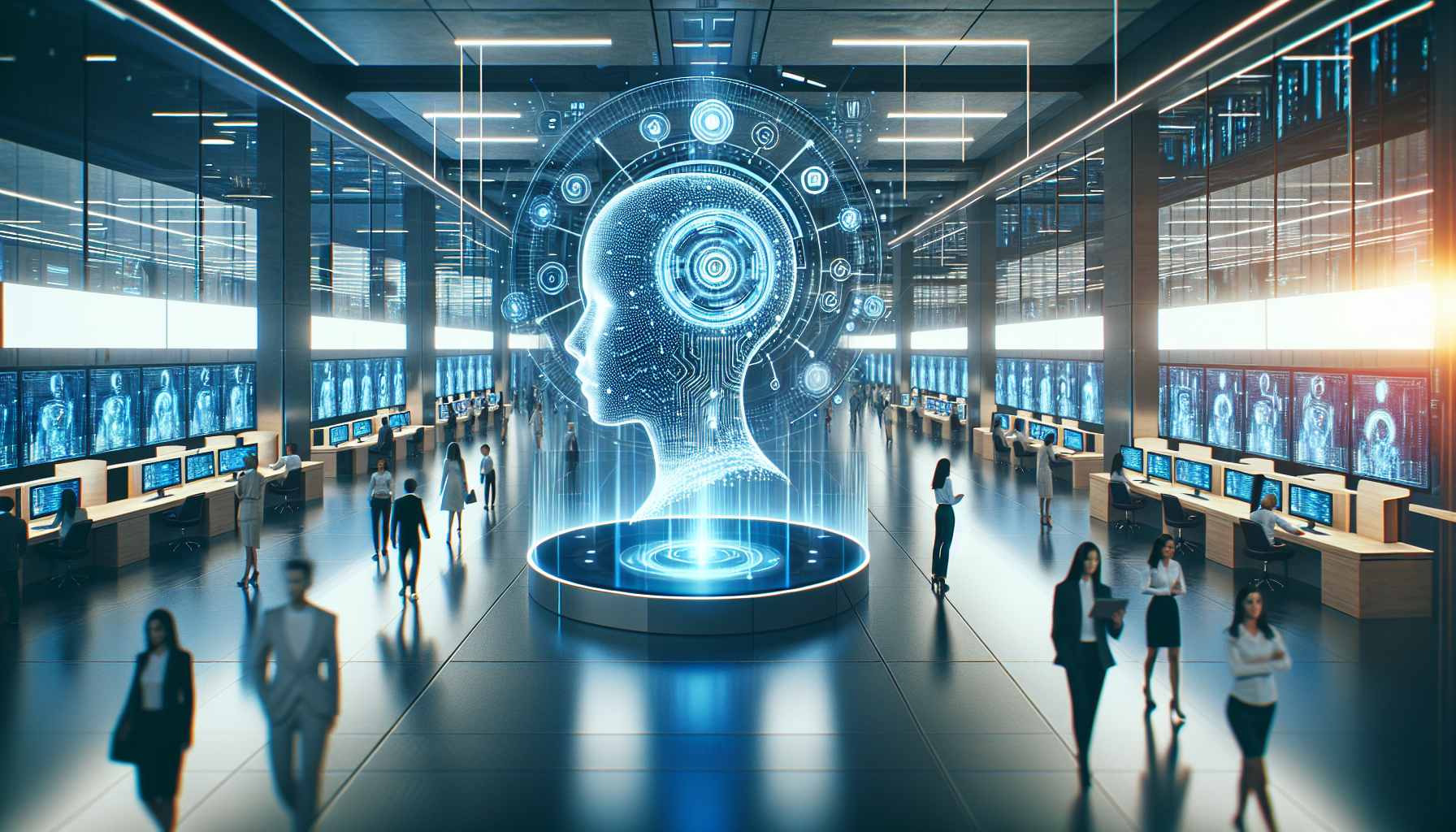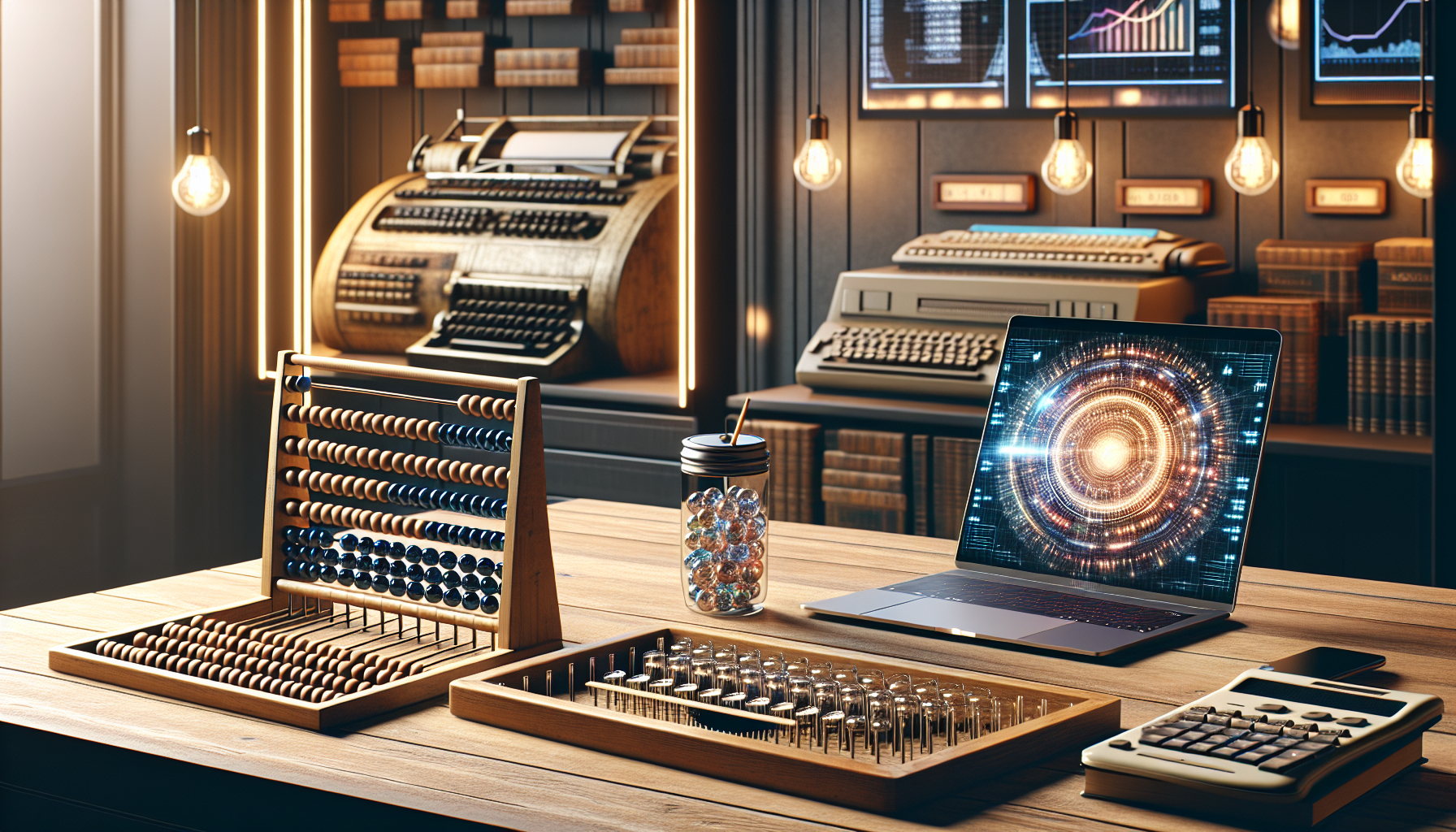
Artificial Intelligence and the Arts: Envisioning a Creative Renaissance
November 11, 2025
In the realm of art and creativity, a new muse has emerged, one that does not wield a brush or a chisel but instead weaves its magic through algorithms and data. Artificial intelligence is redefining the boundaries of human creativity, and the possibilities are as endless as the imagination itself.
Imagine a world where an AI can compose a symphony that resonates with the depth of human emotion or paint a masterpiece that rivals the works of the great masters. This is not a distant dream but a burgeoning reality, as AI continues to evolve and integrate into the creative processes. The fusion of technology and creativity is not merely an enhancement but a revolution, promising to unlock new dimensions of artistic expression.
One of the most fascinating aspects of AI in art is its ability to learn and mimic styles, yet produce original work. Algorithms can be trained on vast datasets of artwork, allowing them to understand and replicate the nuances of different artistic movements. This capability is not limited to visual arts; AI is making strides in music, literature, and even dance, offering a playground for creative exploration that is both vast and varied.
The collaboration between human artists and AI offers a unique synergy. Artists are beginning to embrace AI as a co-creator, using it as a tool to push the boundaries of their work. This partnership allows for the exploration of uncharted territories in creativity, where the human touch meets the computational precision of AI. The results are often unexpected and breathtaking, leading to a renaissance of sorts in the art world.
Looking to the future, predictions about AI's role in creativity are as inspiring as they are intriguing. With advancements in machine learning and data processing, AI is expected to become even more adept at understanding and interpreting complex human emotions. This will enable the creation of art that not only imitates but also innovates, breathing new life into the creative landscape.
Moreover, AI holds the potential to democratize art. By lowering the barriers to entry, more people can engage with creative processes. Imagine a world where anyone, regardless of their artistic background, can create music, design, or literature with the help of AI. This accessibility could lead to a surge of new voices and perspectives in the arts, enriching the global cultural tapestry.
The impact of AI on creativity extends beyond individual artists to the broader cultural and social spheres. As AI-generated art becomes more prevalent, it challenges the traditional notions of authorship and originality. This prompts a reevaluation of what it means to create and own a piece of art, potentially leading to new forms of collaboration and sharing that transcend conventional boundaries.
AI is also poised to play a significant role in preserving and revitalizing cultural heritage. By analyzing and reconstructing lost or damaged artworks, AI can help maintain the continuity of cultural narratives. This capability offers a bridge between the past and the future, ensuring that the legacies of art and creativity endure for generations to come.
The ethical implications of AI in art are an essential consideration for the future. As AI continues to blur the lines between human and machine creativity, questions about authenticity, intellectual property, and the role of the artist will become increasingly pertinent. These discussions will shape the future landscape of art, prompting society to consider the values and principles that should guide this technological transformation.
The journey of AI in the world of art and creativity is just beginning, and the road ahead is paved with possibilities. As we stand on the brink of this new era, one cannot help but wonder about the myriad ways AI will continue to inspire and innovate. Will it lead to the discovery of new artistic forms? Will it help uncover the hidden potential within each of us?
The answers lie in the future, waiting to be explored by those daring enough to embrace this new frontier. As AI and human creativity continue to intertwine, the potential for a vibrant and inclusive renaissance in the arts grows ever more promising. What wonders will we witness when imagination and technology unite in harmony? The canvas of the future is vast, and the brush is in our hands.


